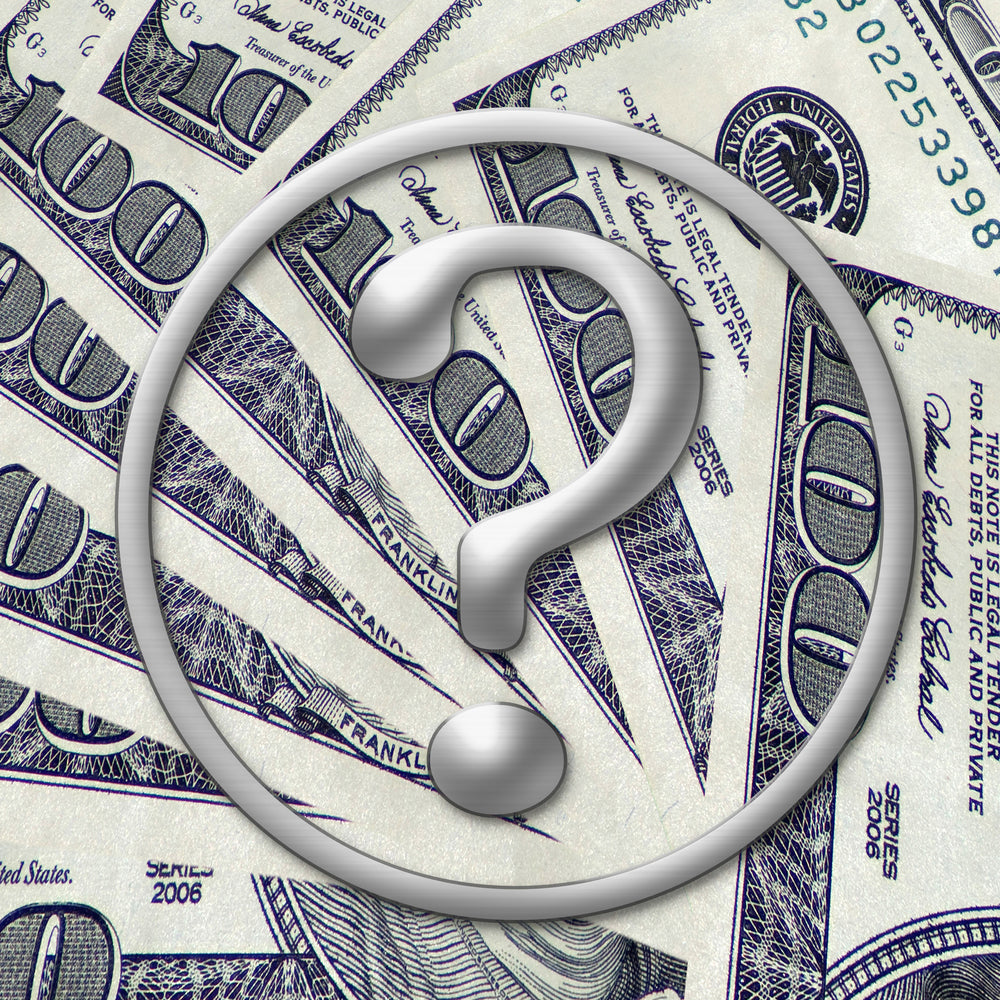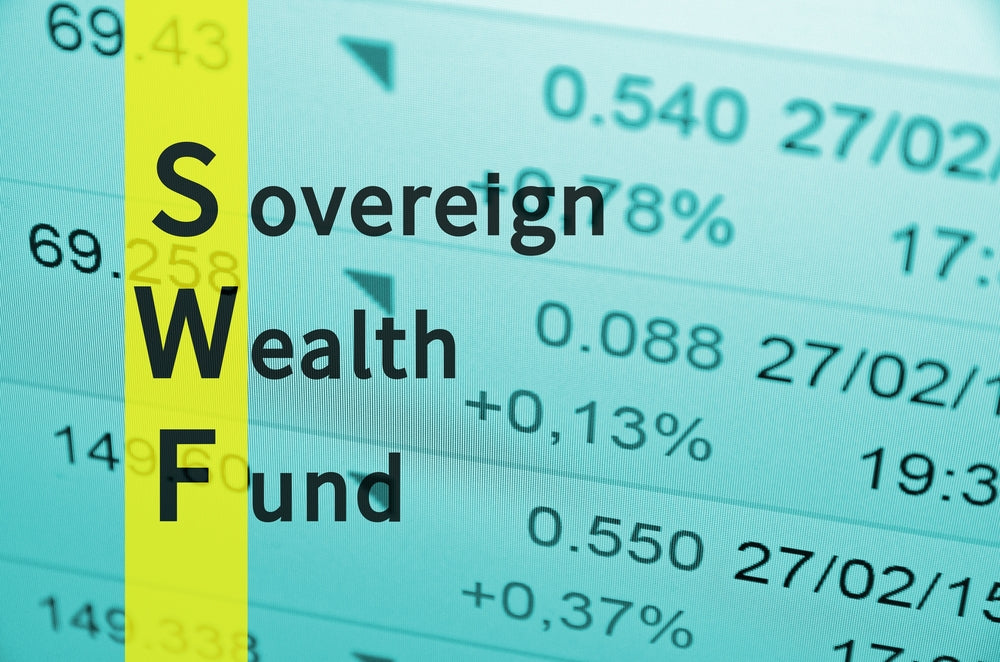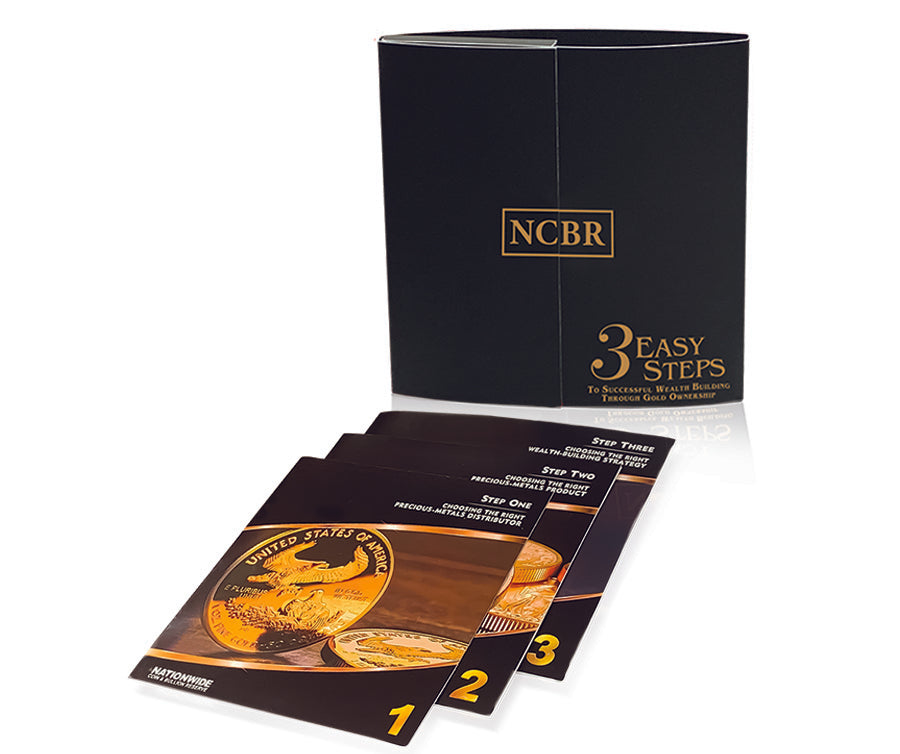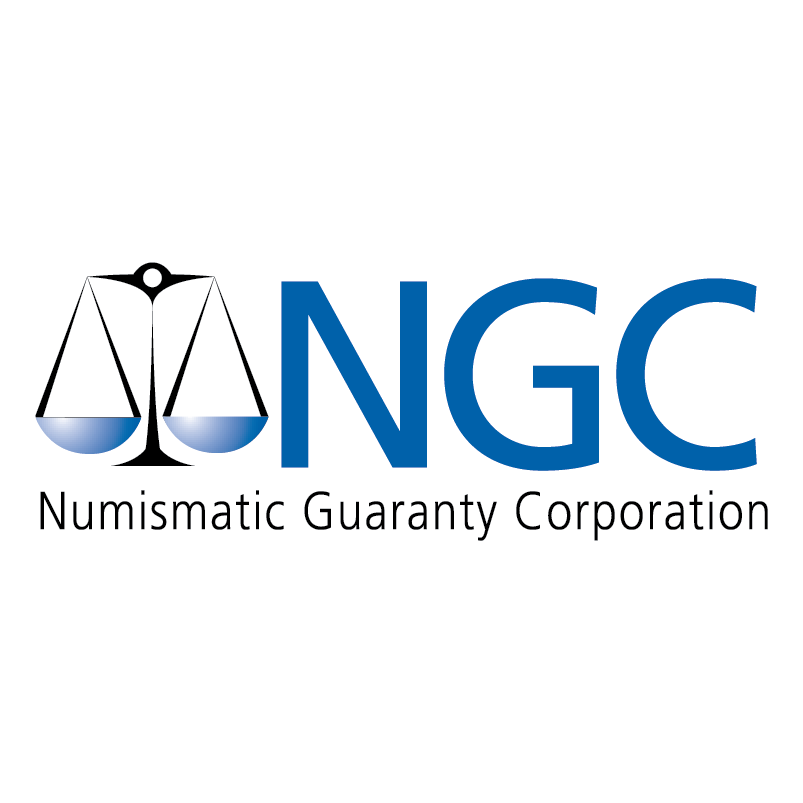A policy divergence between the world’s two most important central banks has important implications for the U.S. dollar and gold.
After the Federal Reserve on June 14 paused its interest rate raising campaign, following 10 consecutive rate hikes, the very next day the European Central Bank (ECB) raised its key interest rates by .25 percent and predicted more rate increases would be coming. “Our future decisions will ensure that the key ECB interest rates will be brought to levels sufficiently restrictive to achieve a timely return of inflation to our two per cent medium-term target and will be kept at those levels for as long as necessary,” declared ECB President Christine Lagarde.
Both the Fed and the ECB are fighting inflation that continues to run hot, but they are on different timetables. The Fed began its policy tightening campaign in March of 2022 and has boosted interest rates by five percentage points, while the ECB got a later start in July 2022 and has raised rates by 3.75 percentage points.
With the ECB appearing to have more policy tightening work ahead than the Fed—particularly since the European bank has raised its inflation forecast—it is highly likely that the Euro will climb in value against the U.S. dollar. Indeed, the U.S. Dollar Index, a measure of the greenback against a basket of foreign currencies, dropped two percent in the days prior to the diverging central bank interest rate decisions.
Given that gold is priced in dollars around the world, a dip in the currency makes gold more affordable to overseas buyers, stimulates demand, and tends to lift the gold price.
Real Time Precious Metals Data Below







